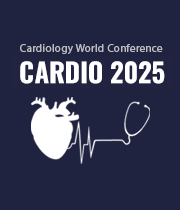Congenital Heart Anomalies
Congenital heart anomalies encompass structural abnormalities in the heart present at birth, arising during the intricate process of fetal heart development. Though the precise causes remain elusive, a combination of genetic predisposition, environmental factors, and specific maternal health conditions may contribute to their manifestation. These anomalies impact the heart's structure, involving chambers, valves, or blood vessels, thereby disrupting the normal blood flow and giving rise to diverse complications. Examples of congenital heart anomalies include but are not limited to atrial septal defects, ventricular septal defects, and tetralogy of Fallot. The severity of congenital heart anomalies varies, with some cases presenting as minor issues that may not necessitate immediate intervention, while others may demand surgical correction. Ongoing advancements in medical technology and surgical procedures have markedly enhanced the outlook for individuals affected by congenital heart anomalies. This progress facilitates early detection, timely intervention, and improved long-term outcomes.


